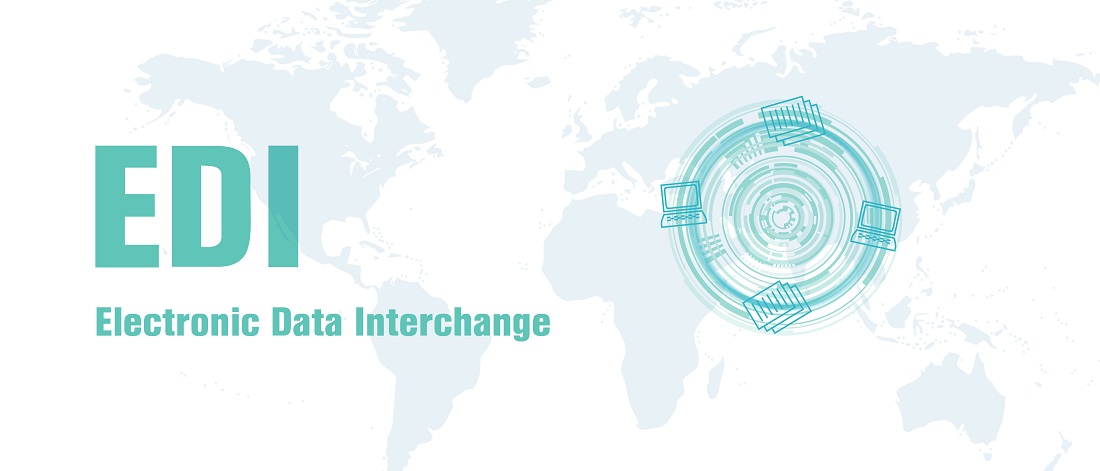Companies in today's fluctuating business environment regularly analyze their technology systems to achieve maximum performance alongside affordable operation costs. The process of switching EDI providers sometimes emerges as a result of present demands for improved systems and lower costs. The attraction of new solution benefits does not eliminate the complex nature of the migration process. Fear not! This guide provides the information needed to execute a smooth EDI provider transition without harming business processes.
Why Switch EDI Providers?
Several factors exist which encourage an organization to alter their EDI provider selection. Here are some common reasons:
- Cost Savings: The costs for newer providers often reduce because their service models stand more affordable than traditional options and replace existing services which reduces overall expenses for clients.
- Improved Functionality: Your current EDI provider may lack essential features needed for business operations because it does not provide real-time tracking and advanced analytics nor APIs along with other necessary functions.
- Scalability Concerns: Your business expansion necessitates continuous changes in your EDI needs. Your business expansion requires a solution which a new provider can provide to support the growth of both trading partners and transaction volumes.
- Poor Customer Service: Issues with customer service from your present supplier have the power to disrupt your EDI operations because unresponsive and uninformed support staff creates critical challenges. The fresh provider demonstrates emphasis on convenient customer service which should efficiently resolve your issues.
Strategic planning remains essential during an EDI migration process
A carefully established plan should be your first step before starting the migration process. You should follow these important process steps:
- Evaluate Your Needs: Use evaluation to understand your present EDI problems and future requirements for a new solution platform. Development of a detailed strategy allows businesses to search for appropriate providers based on business needs and select solutions that fulfill their organizational requirements.
- Research Potential Providers: An in-depth search of possible EDI providers should form part of your research before making any decisions. The selection process must include evaluations regarding pricing structures and feature content along with expertise in your industry and customer service impressions from users as well as security protection evaluation.
- Partner Selection and Contract Negotiation: During the partner selection process shortlisted companies should receive demonstrations for assessing costs before creating formal contracts that include both service level agreement terms and migration assistance conditions.
The Migration Process: Key Considerations
You may start your transition after completing the selection of your new provider company. Here's what to expect:
- Data Mapping and Testing: As a partner selection process begins the new provider will assist you through mapping data from your old system to an EDI format. You must specify how your internal data elements need conversion to match the requirements of EDI standard. The testing process includes multichannel simulations with different data inputs to guarantee data movement stability during transition.
- Trading Partner Onboarding: The new EDI system implementation will receive support from the provider team during their work to connect all trading partners. The delivery of new connection details while conducting channel tests represents part of their assistance.
- Parallel Run (Optional): An optional step to lessen interruptions includes simultaneous operation of the existing EDI system together with the new EDI system for a specific time. The process enables you to detect and fix potential problems that will arise when full implementation takes place.
- Cutover and Go-Live: After successful testing occurs the transition from the current provider to the new system can proceed. The new system becomes the sole method for EDI communication after cutting off access to the discontinued system.
Ensuring a Smooth Transition
These additional steps will help you achieve successful EDI system migration:
- Clear Communication: Maintain open communication with your internal team, trading partners, and both EDI providers throughout the process.
- Dedicated Project Team: Appoint a group of dedicated employees who will handle migration operations for your organization. A dedicated team formed by the organization needs to monitor communication together with troubleshooting any encountered issues during testing.
- Post-Migration Monitoring: Continuous post-migration monitoring must exist to discover issues that develop in the updated EDI system and strange system behaviors.
Conclusion
Switching EDI providers can be a strategic move to optimize your business processes. By following a well-defined plan, partnering with a reliable provider, and implementing the migration steps carefully, you can minimize disruption and ensure a successful transition to a new EDI solution. Remember, a smooth migration unlocks the full potential of your new EDI solution, leading to increased efficiency, cost savings, and improved collaboration with your trading partners.
To learn more about how Infocon Systems can take care of your EDI needs, please don’t hesitate to give us a call at +1 888-339-0722 or email sales@infoconn.com. We’d love to hear from you.
FAQs
Why would a business switch EDI solutions?
An organization’s EDI demands may lead businesses to migrate between EDI solutions due to expediency in terms of cost savings, operational efficiency, or security or through a need to improve customer support capabilities or integrate with modern APIs and other cloud-based technology.
What is a managed service for EDI migration.
An MSP takes care of the entire transition, data mapping, testing, compliance, and classroom or partner onboarding, facilitating a smooth migration while keeping operational disruption to a minimum.
How long does it take to migrate to a new EDI solution?
The timeline depends on the complexity of integrations, number of trading partners, and provider selected. It should only take a matter of weeks, but sometimes it can take up to six months.
What are the key steps in migrating an EDI solution?
The migration process usually consists of the following steps:
1. Taking stock of current EDI practices and establishing migration objectives.
2. Outlining a vision, goals, timelines, and resources required.
3. Data Mapping & Testing: Ensuring seamless data exchange between systems.
4. Trading Partner Onboarding Partner onboarding. Recalibrating relationships with our peers and partners.
5. Go-Live & Support: Implementing the new system with continuous oversight.
What are the biggest challenges in EDI migration?
Some of the common challenges with these integrations are data compatibility, keeping up with nonstop compliance changes, coordinating with multiple partners, not disrupting business operations, and ensuring adequate system testing and validation.
How does a managed service provider help reduce risks?
A managed service provider takes over data translation, testing, and communication with partners, ensuring compliance and reducing the risk of errors or downtime.
Will I need to inform my trading partners about the switch?
Correct, trading partners should be notified as early as possible so they can change configurations to avoid failed transactions once migration begins.
Is cloud-based EDI better than traditional on-premise EDI?
Cloud-based EDI solutions come with higher scalability, lower maintenance costs, automatic updates and eventual integration with today’s APIs, making them the preferred choice by most modern businesses.
How do I choose the right EDI provider for migration?
Choose a provider with a demonstrated track record, excellent customer support, compliance expertise, and flexible integration options that fit your business requirements.




